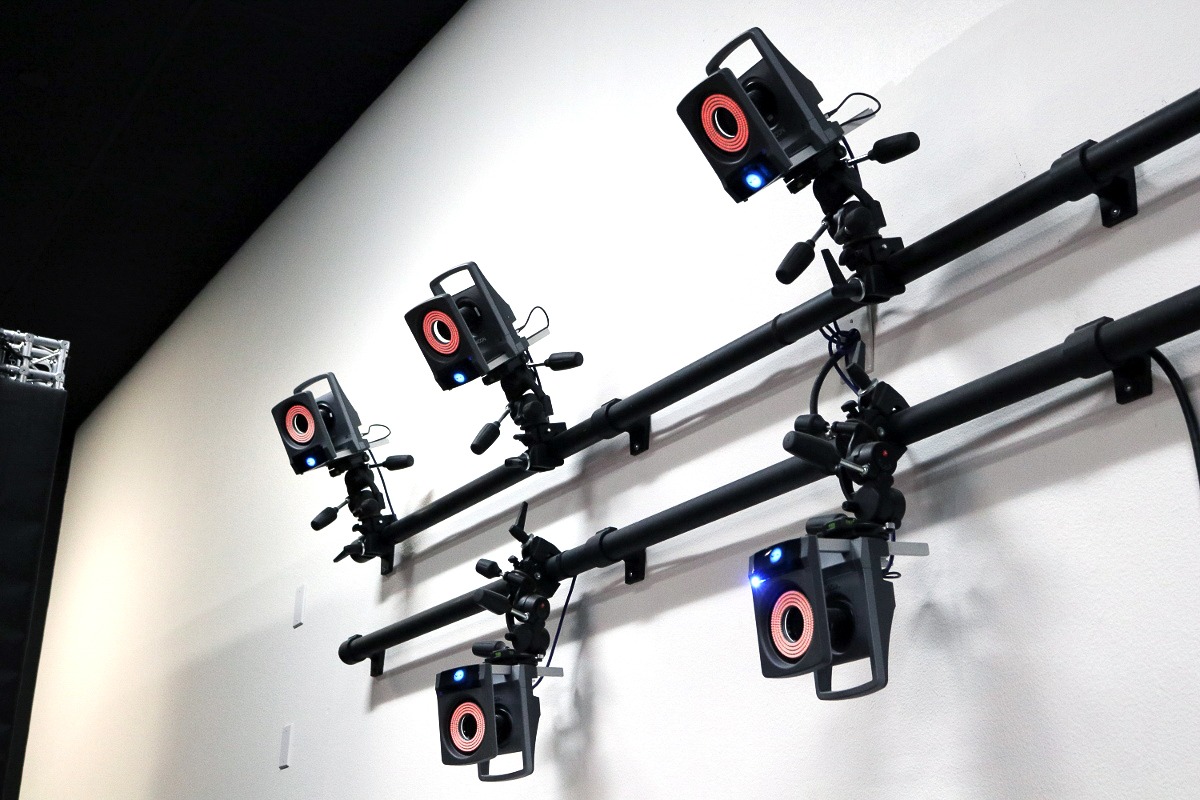Shaft Design & enso® Analytics

Developing the world’s best performing golf shafts starts with understanding what golfers need. This initial step in shaft design begins the ideation process for our engineering and design teams to understand and outline performance needs and target player benefits.
enso®
Created by Fujikura in 2013 to better understand and breakdown the relationship between the shaft and the golfer throughout the entire golf swing, enso® is a 3D motion capture camera system used for R&D and fitting. We utilize 10 high-speed motion capture cameras (capturing at +1,000 fps) in conjunction with multiple sensors specifically placed along the shaft and on the clubhead. These are the same sensors used in CGI animation. The cameras and sensors work together allowing us to see how the shaft bends, deflects, and twists, and the overall effect the shaft has on the clubhead. No other aftermarket shaft manufacturers use this type of insight when designing product. Enso® eliminates the “guess work” of shaft design and enables us to streamline and expedite prototype designs with tangible data that validates design goals and performance attributes of each profile.
Leveraging enso® provides us with unparalleled insight into tens of thousands of golf swings and incredible data analytics. In simple terms, enso® is essentially an “MRI for golf shafts”. Its unique ability to capture hundreds of data points throughout a single golf swing (not just at impact) enables us to better understand shaft performance as a whole. Each data point gets us that much closer to unbeatable products.
When designing new products, we ask three fundamental questions:
- What does the product need to do and how does it need to perform?
- What player type or player set are we attempting to reach with this product?
- What are the player performance benefits?
- Launch/Spin – key design characteristics that can be altered or manipulated to better reach a certain performance metric
- Increasing the stiffness in specific sections can lower launch and decrease spin.
- Torque – a strong design lever that can be utilized to increase stability and accuracy
- Decreasing (stiffening) torque can also assist lower launch and spin.
- Stiffness – the overall bend profile of a shaft
- Generally broken down into three sections of the shaft: handle, mid, and tip
- Changes in parallel length, diameters, and material type can all lead to changes in a shaft’s overall stiffness
- Weight
- Increasing/decreasing the amount of material and weight of the materials used will influence and dictate the overall product weight
The final element to keep in mind when designing and creating new products is the unquantifiable aspect – feel. Feel is another beneficiary of geometry in a design. For example, making changes or alterations to the stiffness of certain sections of a shaft can dramatically impact how a player feels the shaft load and release. Players with a more aggressive transition into the downswing may prefer a stiffer handle section to support the rapid change in direction. Players with a smoother transition my prefer a softer handle section that stays in tempo through impact. At Fujikura, we pride ourselves on not only making innovative and high-performance products, but we’re always cognizant of a player’s feel and try to ensure a myriad of product types are offered to capture a multitude of swing types and preferences.







